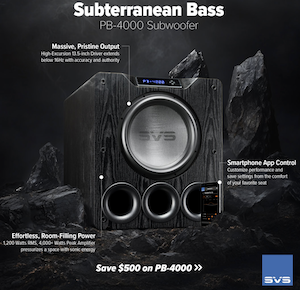Dave the Rave
Member
More
- Main Amp
- Yamaha AS2100
- DAC
- Schitt Yggdrasil
- Computer Audio
- Daphile (USB) or Oppo BD103 (Optical or COAX)
- Front Speakers
- Yamaha NS-2000
- Subwoofers
- JBL LS120
I did further measurements without the Acoustic Timing as attached. One positive is I got the Subwoofer polarity corrected (had it wrong all this time where I was losing some mid-bass). Since the right speaker distortion only happens at high volume, I turned down the mid and high of both speakers to 10 o'clock where the distortion is faintly noticeable.
As usual I measured with and without subs.
I will do some listening using the applied EQ on R & L measurements (without Sub this time). .Let me know if the EQ looks OK to you.
I want to keep the speaker repair as last resort..
As usual I measured with and without subs.
I will do some listening using the applied EQ on R & L measurements (without Sub this time). .Let me know if the EQ looks OK to you.
I want to keep the speaker repair as last resort..








 Come a long way from the frequency response graph in the OP.
Come a long way from the frequency response graph in the OP.




